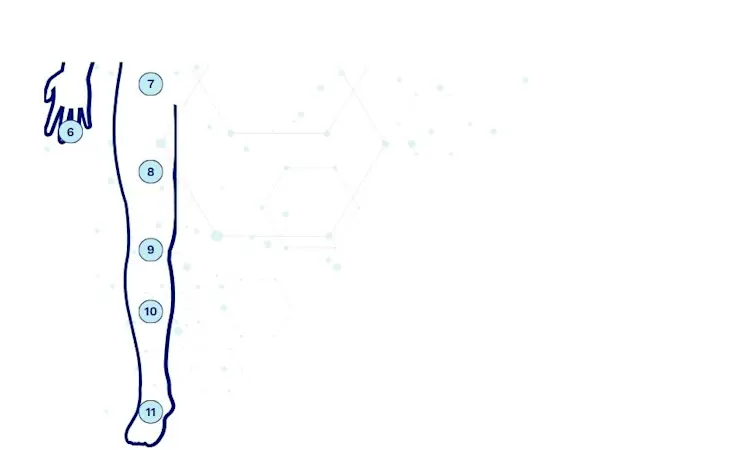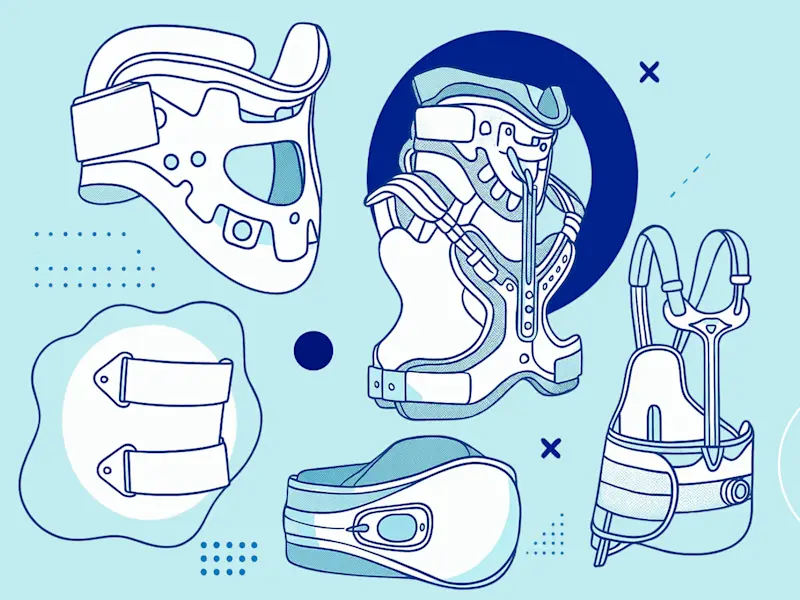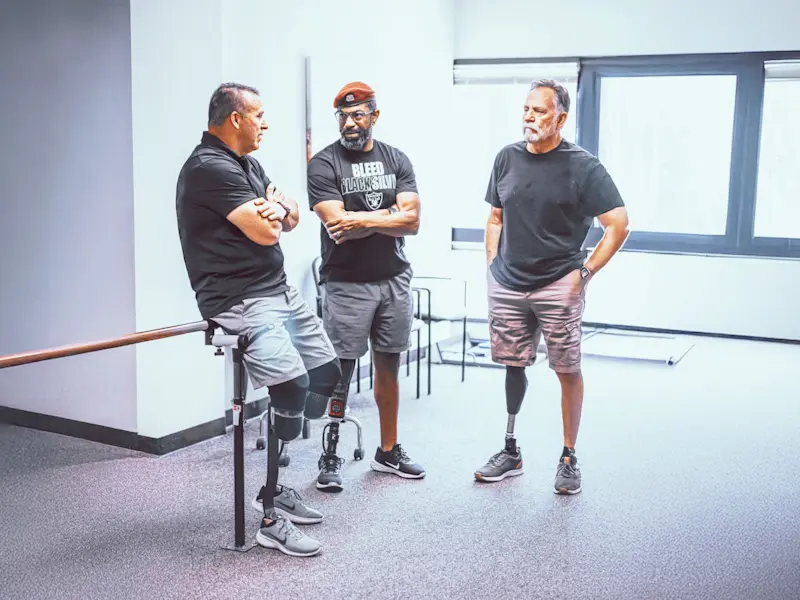


The Various Amputation Levels
Upper Limb
Shoulder disarticulation: Amputation of the arm at the shoulder. Here the shoulder blade and collar bone are removed with the associated muscles.
Transhumeral amputation (Above Elbow): This amputation type is differentiated between short, mid-length and long transhumeral amputation levels.
Elbow disarticulation: The arm is amputated at the elbow, and the entire upper arm is retained in most cases.
Transradial amputation (Below Elbow): In the case of forearm amputations, a distinction is made between long, mid-length, short and ultra-short transradial amputations.
Wrist disarticulation: The entire hand is removed at the wrist with this type of amputation.
Hand / finger amputation: Parts of the hand and / or fingers are amputated, and the wrist is retained. This is also referred to as a partial hand amputation.

Lower Limb
Hip disarticulation or pelvic disarticulation: A differentiation is made here between hip disarticulation (leg is removed at the hip joint), hemipelvectomy (leg is removed with the corresponding half of the pelvis) and hemicorporectomy (entire lower half of the body is removed).
Transfemoral amputation (Above Knee): A transfemoral amputation is carried out above the knee joint. This procedure may be performed anywhere along the length of the thigh.
Knee disarticulation: The leg is removed at the knee joint. The thigh is retained, and usually the patella as well.
Transtibial amputation (Below Knee): This type of amputation is carried out below the knee joint, and the fibula is sometimes removed in its entirety as well. The full function of the knee joint is retained.
Transmetatarsal amputation (Midfoot): An amputation in the foot area comprises over 12 different amputation levels, ranging from a toe amputation, to a midfoot amputation, to an amputation in the area of the tarsus.

Get a Consultation
Are you ready to take the next step towards improved mobility and comfort? Find an orthotics and prosthetics clinic near you and schedule your appointment today!











